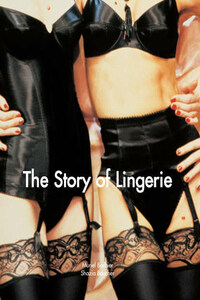The Story of Lingerie

What is the social merit or purpose of all those bras and panties on perfectly sculpted bodies that we see spread across billboards and magazines? Many women indulge in lingerie to please men. Yet, ever since Antiquity, women have always kept lingerie hidden away under outer garments. Thus, lingerie must be more than erotic bait. Authors Muriel Barbier and Shazia Boucher have researched iconography to explore the relationship of lingerie to society, the economy and the corridors of intimacy. They correlate lingerie with emancipation, querying whether it asserts newfound freedoms or simply adjusts to conform to changing social values. The result is a rigorous scientific rationale spiced with a zest of humour. And the tinier lingerie gets, the more scholarly attention it deserves.







